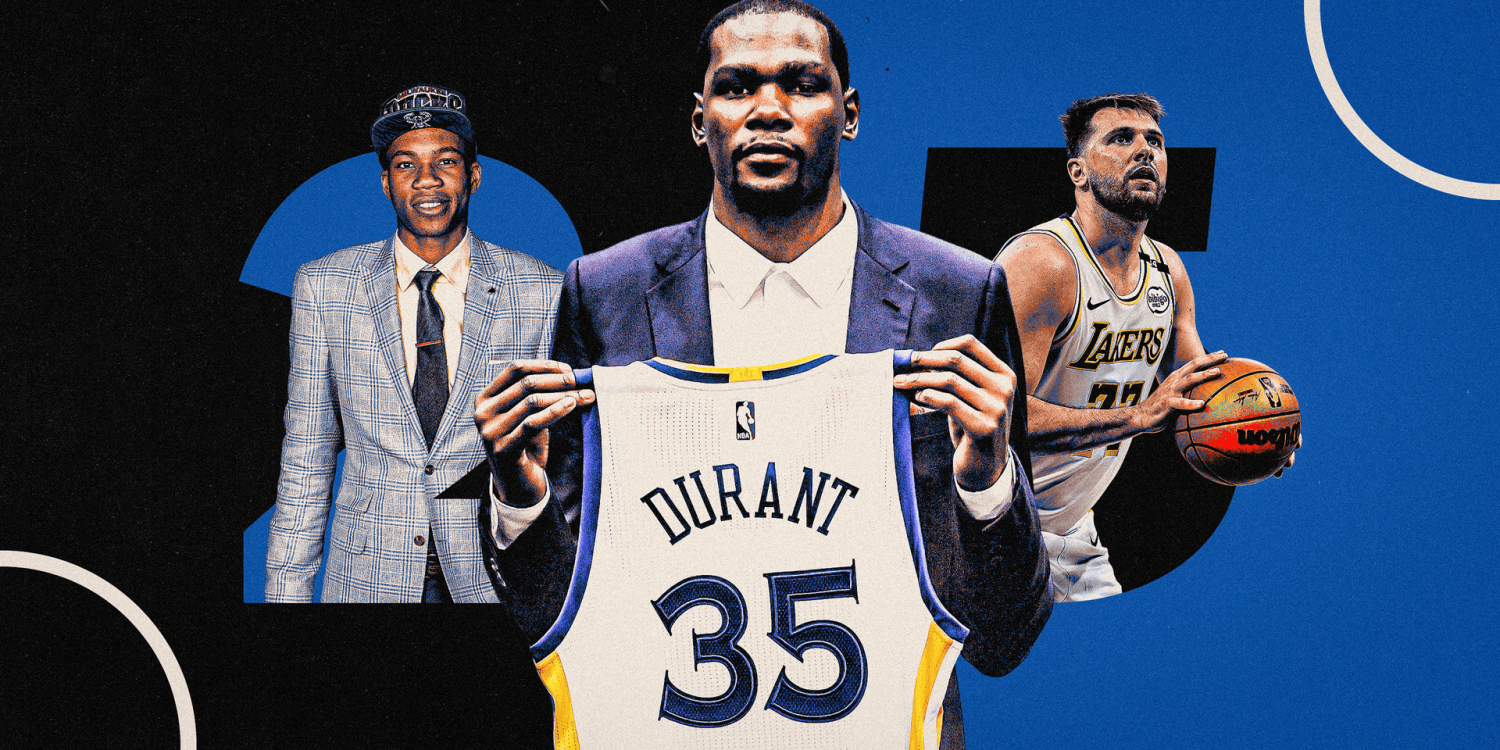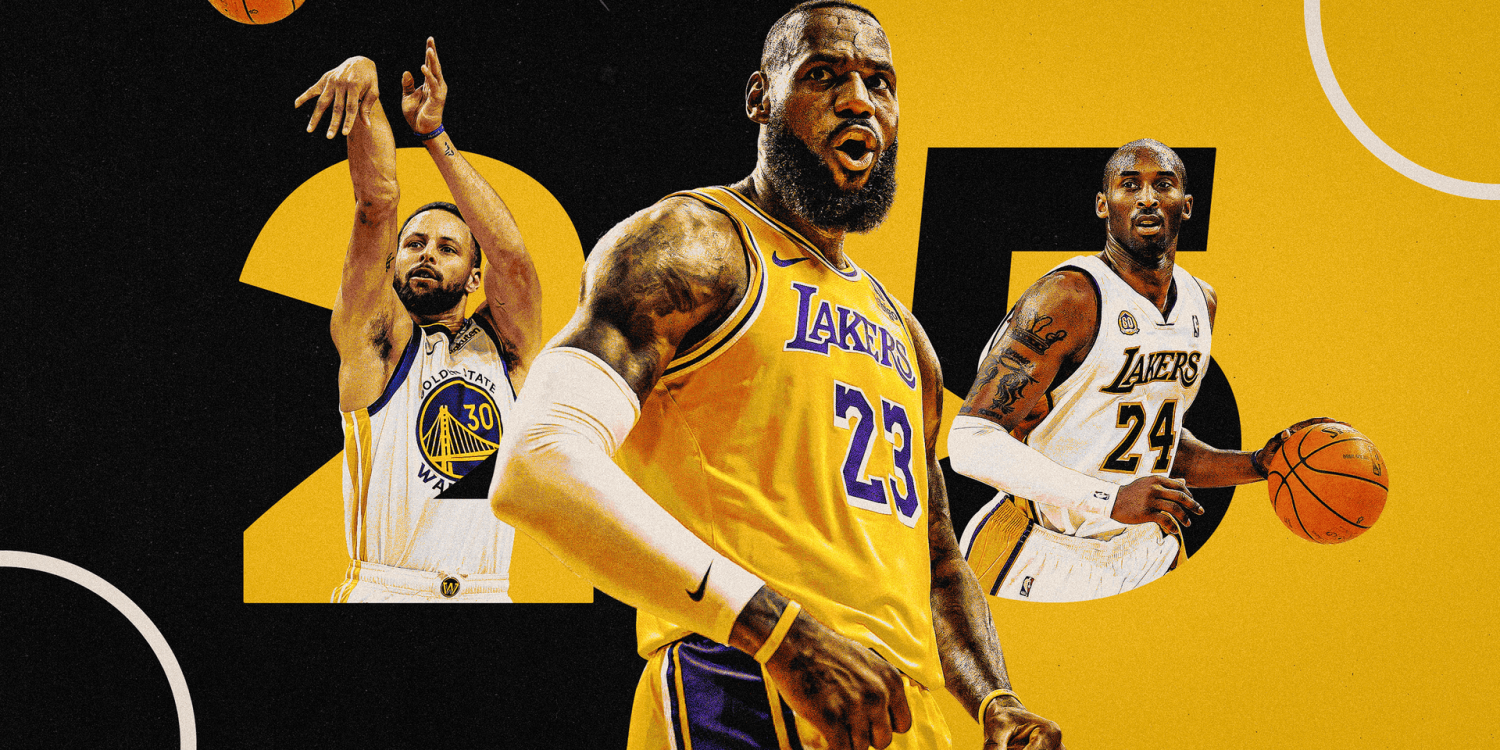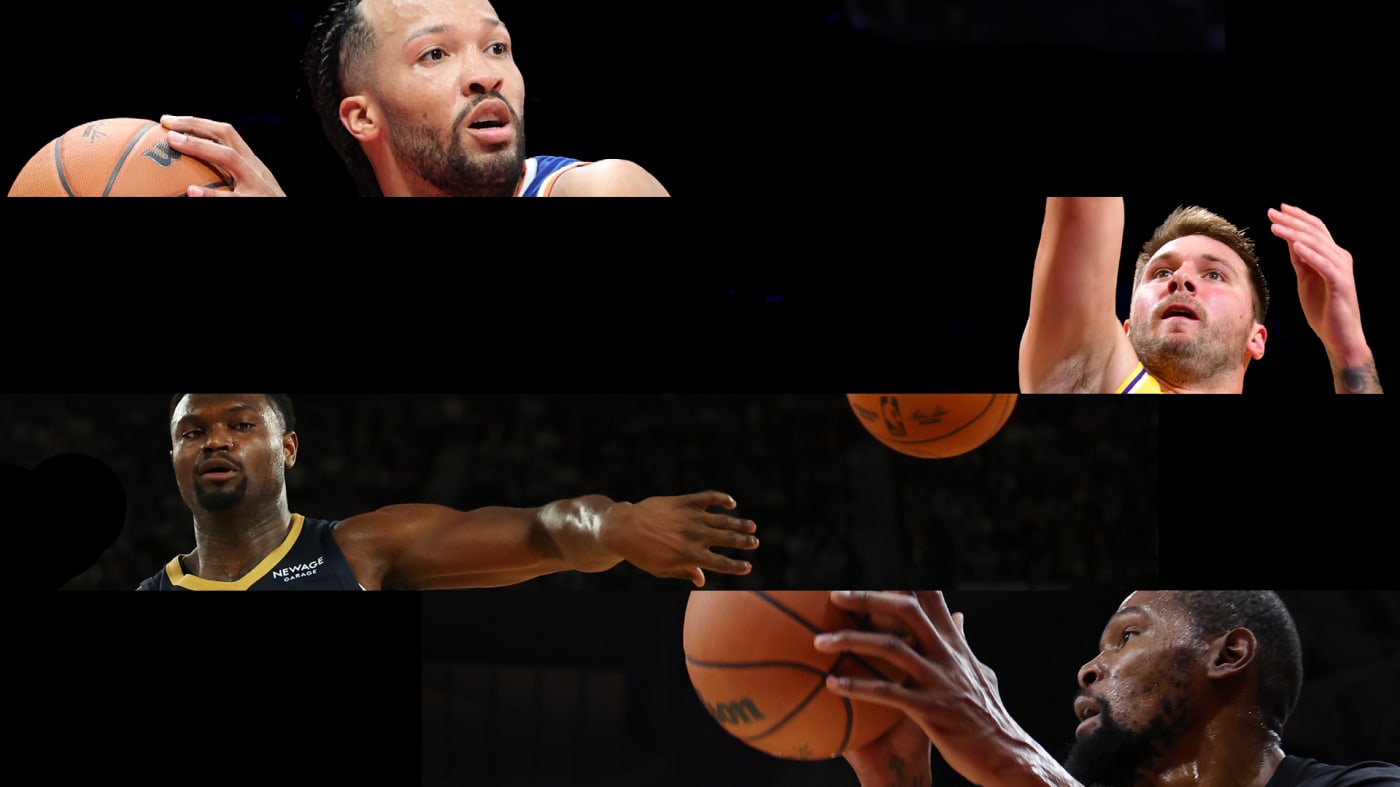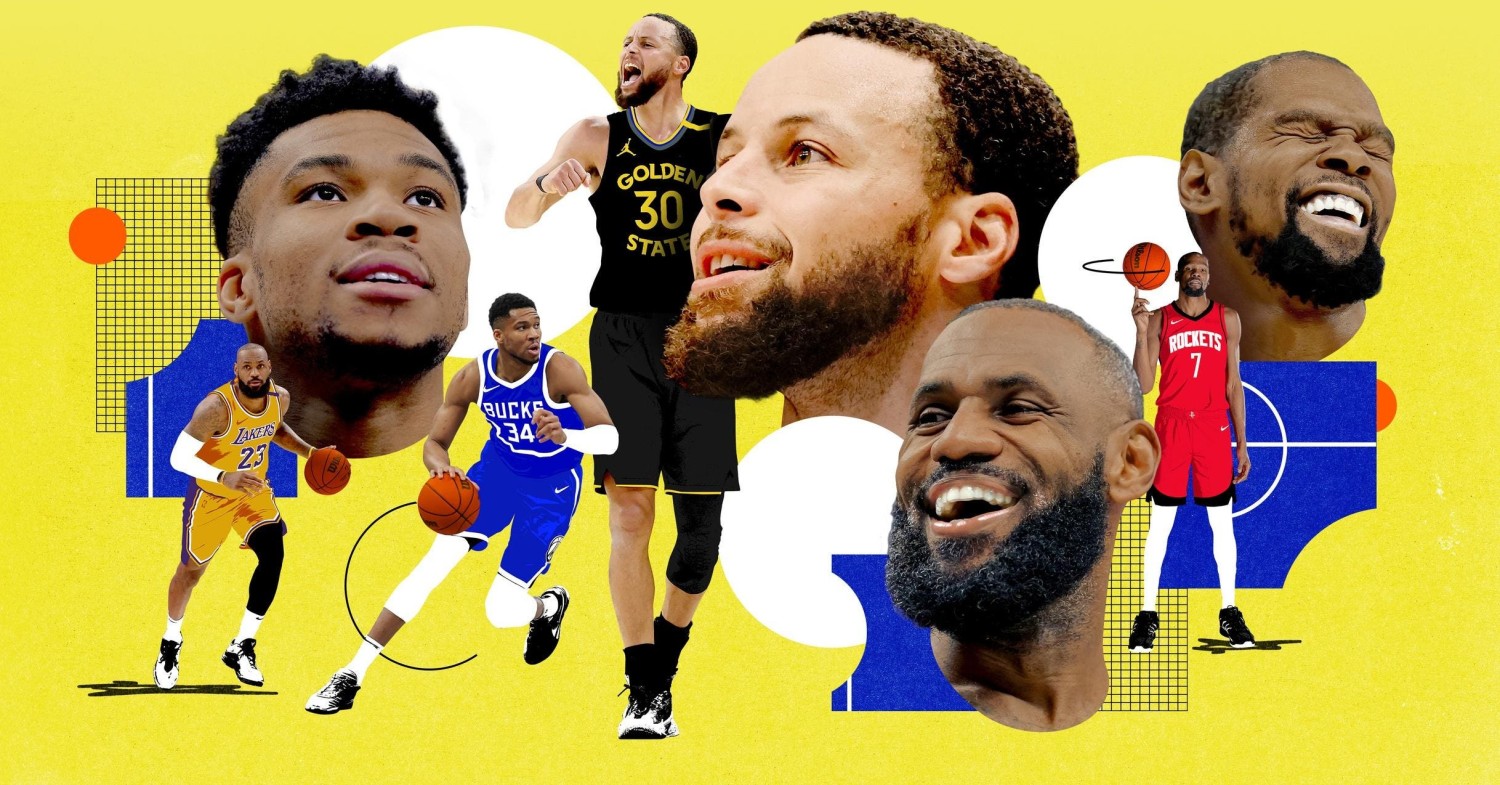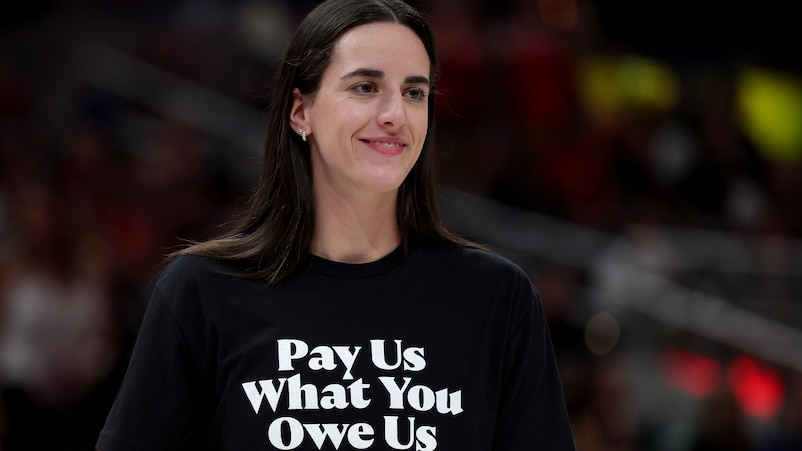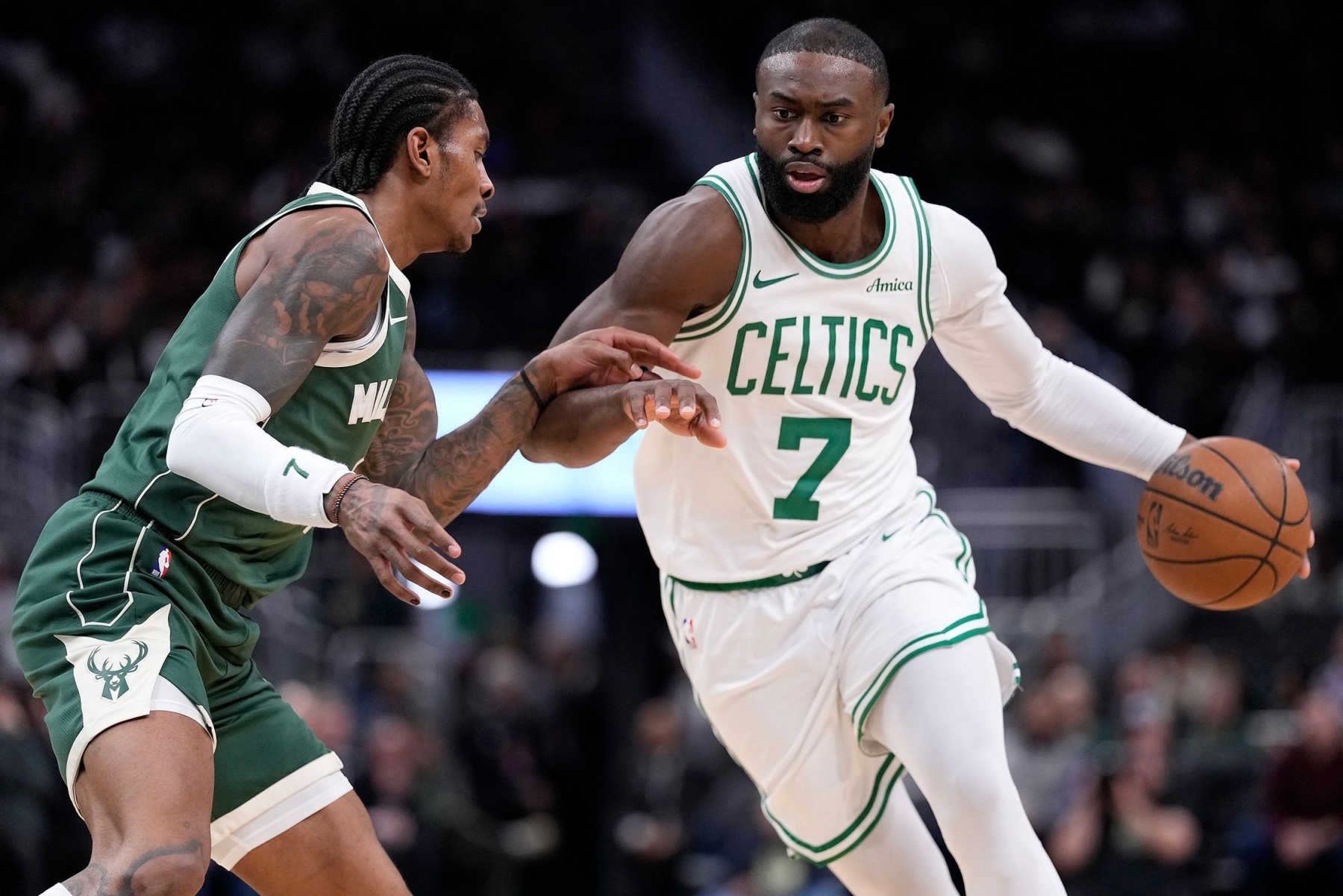
This article is more than
2 year old How the Las Vegas Aces and the New York Liberty Changed the W.N.B.A.
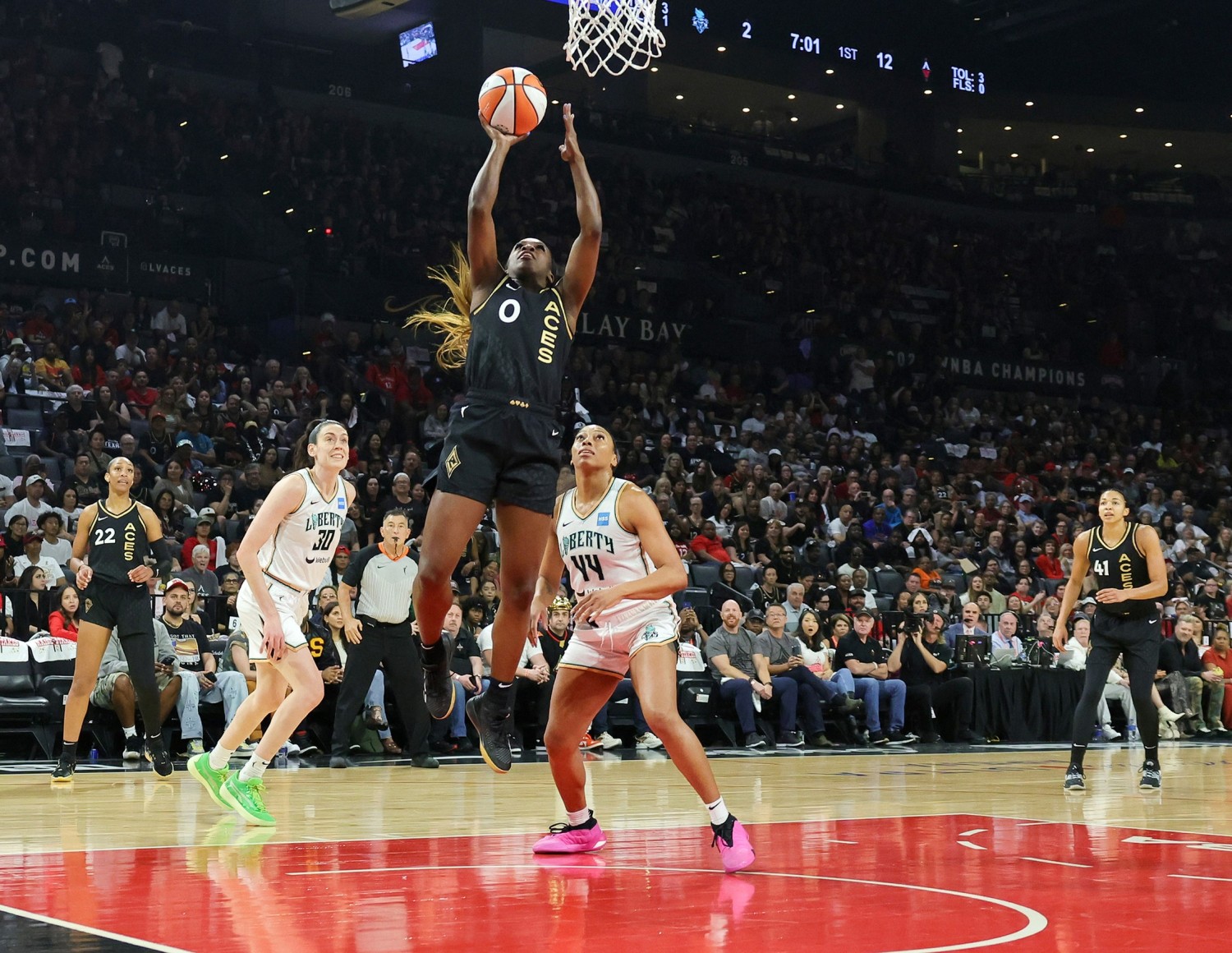
In 2018, after putting the New York Liberty up for sale, James Dolan moved the team out of Madison Square Garden—where it had mostly played since the first season of the W.N.B.A., in 1997—to the Westchester County Center, in White Plains, New York. The Westchester County Center was the home of the Knicks’ G League team, but it was not designed with major professional sports in mind. It hosted concerts, the New York Metro Reptile Expo, the occasional cat show. Players had to walk up four flights of stairs to reach the cramped locker rooms. A red curtain behind one of the baskets hid a wooden stage. The center had room for about twenty-three hundred spectators, though seating could be expanded to forty-five hundred. This involved a generous definition of spectating—the court was barely visible from parts of the upper deck. Liberty games at M.S.G. during the previous season had averaged about ten thousand fans. Still, in Westchester, excess demand was not a great concern: some season-ticket holders discovered that getting to the arena in White Plains from New York City could take as much as two hours, once the inevitable public-transportation delays were factored in. The Liberty’s front office described the move as a necessary step toward financial sustainability. As Dolan liked to tell people, the team was losing millions.
Dolan is often ranked among the worst owners in sports. But he was not alone, at the time, in raising questions about the W.N.B.A.’s viability. In an interview a few months after Dolan put the Liberty up for sale, Adam Silver, the N.B.A. commissioner, said, “We haven’t figured out a winning formula, to be quite honest.” (The N.B.A. and W.N.B.A. teams each had fifty-per-cent ownership of the W.N.B.A., until the league sold a stake to a group of investors last year.) He described the difficulty, abstractly, as a “marketing problem.” The W.N.B.A. touted its endurance as the longest-running women’s professional sports league in the country, and television ratings were decent. But attendance was down. Teams were constantly in danger of folding or being moved. The Liberty, despite a rich history in the country’s largest market, couldn’t find a buyer. In 2019, according to the Athletic, the N.B.A. pressured its own team owners to step up. Joe Tsai and Clara Wu Tsai, then minority owners who would soon become majority owners of the Brooklyn Nets, bought the Liberty, reportedly for the price of its debts, more or less.
The year that Dolan put the Liberty up for sale, another W.N.B.A. team, the San Antonio Stars, was bought by MGM Resorts International, which moved the franchise to Las Vegas and gave the team a new name: the Las Vegas Aces. The Aces were bad initially, but, in American professional sports, being bad can become a long-term competitive advantage: losing earned the team a string of No. 1 picks in the draft. With one of those picks, in 2018, the Aces drafted A’ja Wilson, a wildly gifted frontcourt player who was such a star at the University of South Carolina that the school later installed a statue of her. In 2019, the Aces went to the playoffs and made the semifinals. The following season, in the pandemic “bubble” in Florida, they went to the Finals.
Among the first to buy Aces season tickets was Mark Davis, who was moving the N.F.L. team he owned, the Raiders, from Oakland to Las Vegas. He liked to sit next to Bill Hornbuckle, who would soon become the C.E.O. of MGM Resorts, and bug him about the players’ salaries, which were startlingly low. Eventually, as Davis told the Athletic, Hornbuckle said, “Well, if you want them to be paid more money, you pay them. Buy the team.” Perhaps it was a joke—the salary scale was collectively bargained—and Davis laughed. But then he bought it.
He couldn’t actually pay the players more money. As the No. 1 pick in 2018, Wilson received a rookie-season salary that was set at $52,564. Even the top veterans made just low six figures. W.N.B.A. stars generally earned most of their money playing overseas during the league’s long off-season. There was little enticement to stick around and build their teams’ brands in the United States. There wasn’t a big television contract that would drive up wages, nor much conviction that one was coming soon. The media did not pay much attention. The players lobbied for a new bargaining agreement and got one, in 2020, that was labelled as historic at the time. Players with max contracts could now earn more than five hundred thousand dollars, with incentives; the lowest paid got raises, too. Still, the salary cap was restrictive, and it set the tone. Teams had to fly commercial. If a player wanted to fly first class, she had to pay for it herself. Some teams had skeletal training staffs. The Chicago Sky, league champions in 2021, practiced at a public rec center.
The Aces practiced at U.N.L.V. At one point, the team’s offices were inside an airport hangar. Davis’s first decision was to build his players a forty-million-dollar training facility—the first such facility dedicated exclusively to a W.N.B.A. team. Then, before the 2022 season, Davis hired Becky Hammon, a former All-Star and the first woman to serve as a full-time assistant coach in the N.B.A., as the Aces’ head coach. He paid her a million dollars, then bragged publicly about the size of her salary.
This rubbed some people the wrong way. “Ahhh yes the WNBA, where a head coach can get paid 4X the highest paid players super max contract,” Liz Cambage, who had played for the Aces, tweeted. “Lmao and y’all think imma spend another season upgrading my seat on a flight to get to games out of my own pocket.” But Davis replied, “I agree 100 percent with what she says. That the players do deserve more money. That they don’t need to be flying on commercial flights.”
Hammon, in any case, was a great coach. She installed a more modern offense, emphasizing ball movement, three-point shooting, and motion on the perimeter instead of just pushing the ball to Wilson in the post. She helped two of the team’s other No. 1 picks, Kelsey Plum and Jackie Young, build their confidence as professional players and retool their games. Young had made twenty-two three-pointers in her first three seasons combined; she made fifty in 2022 alone. Relieving the pressure on the frontcourt also made Wilson more dangerous—she averaged 19.5 points and 9.4 rebounds a game, and earned another M.V.P. award. The Aces won the title in Hammon’s first season. Even that wasn’t enough, though. During the off-season, the team signed Candace Parker, one of the greatest players in W.N.B.A. history.
After the Tsais bought the Liberty, they moved the team to the Barclays Center, in Brooklyn, where the Nets play. Their organization set aside part of Barclays for the Liberty, as it had for the Nets, and increased the team’s performance staff to eight full-time employees. Joe Tsai, who had made billions developing a Chinese tech company, tried to upgrade the players’ experience in other ways, too. He flew them to Napa for vacation (against league rules). He quietly chartered flights for away games on several occasions. (That was in violation of league rules, too.) The league office discovered the flights and fined the Liberty half a million dollars. Some of the other owners were so incensed, Howard Megdal reported in Sports Illustrated, that they talked about kicking Tsai out of the league.
Megdal’s story suggested the existence of two camps among owners: an old guard that had been absorbing losses for years and prioritized cost cutting, and a group of deep-pocketed new owners who wanted to grow the league through aggressive investment. Owners like Davis and Tsai declined to treat their teams like a charity. They spent money to make money. To make money, it helps to win.
Shortly after the Tsais bought the Liberty, the team’s front office drafted Sabrina Ionescu, the most exciting college player of any gender that year. Then it set its sights on Breanna Stewart, a frontcourt player of rare power and finesse—one of Wilson’s few real rivals—who would soon become a free agent. It seemed a foregone conclusion that Stewart, a former M.V.P., would return to the Seattle Storm, with whom she’d won two titles. Even so, the Tsais flew out to the West Coast and took her to a lavish dinner, a kind of wooing that few W.N.B.A. teams had ever done. Stewart stayed with Seattle one more year, then became a free agent again. By then, the Liberty’s ambitions had grown further. The front office traded for Jonquel Jones, another former M.V.P., and sent a contingent—including Clara Wu Tsai—to Istanbul, where Stewart was playing in the off-season, to make the pitch. After Stewart announced that she was signing with the team, she told ESPN’s “SportsCenter”—where the deal was treated as a major transaction—that she wanted to not only win a championship but use the platform of the New York market to “raise the standard” of the league. (Stewart has spoken frequently of the need to improve travel conditions for players; Joe Tsai’s illicit use of charters doubled as a savvy recruiting move.) Then Courtney Vandersloot, one of the best point guards the league has ever seen, announced that she was coming to New York, too.
The Liberty wasn’t the only team to challenge the W.N.B.A.’s customs—or to flout the league’s restrictions. Earlier this year, the Aces lost a first-round draft pick for “violating league rules regarding impermissible player benefits.” The league had been investigating the franchise for trading Dearica Hamby, an integral part of the title-winning team in 2022, after she revealed that she was pregnant. Hammon was suspended for two games because of comments she made to Hamby; last month, Hamby filed a discrimination lawsuit against the team. Precisely what took place is a matter of dispute, but even Hammon’s account suggests a certain competitive ruthlessness. “We could get three bodies in her one contract,” she told reporters, insisting that Hamby’s pregnancy had nothing to do with it, “and we wanted to get three more people in.”
“Math in business,” she called it. It was more than an explanation; it was a kind of promise. The business was growing. Television ratings were higher than they’d been in more than twenty years. The so-called super teams seemed to be part of a much larger trend of surging interest in women’s sports. Gone were the days when you could get a franchise for some cash and debt: at the start of October, the ownership group of the Golden State Warriors was awarded a W.N.B.A. expansion team, reportedly for a fee of fifty million dollars.
The Aces finished the season with the league’s best offense, best defense, and best record. Two of its six losses came at the hands of the Liberty, who finished with the second-best record. The two teams together had six of the Top Ten all-W.N.B.A. players between them. Attendance in Las Vegas was up sixty-six per cent this past season. The Liberty reported a hundred-per-cent growth in over-all ticket sales, with season-ticket memberships up more than two hundred per cent. When the Liberty and Aces made the Finals, it seemed like a new era of the W.N.B.A. had arrived.
Those who believe that the W.N.B.A. can grow and become profitable often invoke the league’s relative youth and note how many decades the N.B.A. needed to become a lucrative juggernaut. The broader rise of televised sports mattered, of course. So did rivalries: the Lakers versus the Celtics, Magic versus Bird, Michael Jordan versus everybody.
The hope is that the Aces and the Liberty can be such a rivalry—Stewart versus Wilson, Vegas versus New York. But, in the first two games of the Finals, there has been a single competitive half—the first one, when the Liberty, riding ridiculous three-point shooting by a young French reserve, Marine Johannes, took a slim lead into halftime. Then the Aces romped, winning 99–82.
In Game Two, the Aces didn’t waste any time, going up 19–2 almost immediately. The Liberty players looked stunned and desperate; their shots were off, put up a beat too late or with too much force. The Aces starters, who have years of experience playing together, were grabbing rebounds, gritting through contact, slipping through screens, disrupting opposing drives, dancing around defenders in intricate patterns. They moved the ball with a kind of joyful ease, playing fast and passing with freedom. The Liberty closed the gap in the second quarter, but then the Aces erupted again. As in Game One, their guards dominated the Liberty’s guards on both ends, and Wilson—the runner-up for league M.V.P. during the regular season—got the better of Stewart, who had won the award. The Aces point guard Chelsea Gray, with her audacious passing, was the fulcrum of it all. Las Vegas took the game, 104–76.
From those two games, you could draw no other conclusion than that the Aces are, by far, the superior team. The funny thing is, all four games between the teams during the regular season were blowouts, too—and the Liberty won two of those. (They won another against the Aces in the final game of the Commissioner’s Cup, which did not count toward the regular season.) Now the best-of-five series moves from Las Vegas to New York. No team has ever come back from 0–2 to win the W.N.B.A. Finals. Then again, everyone has been insisting that there has never been a Finals quite like this one. ♦
